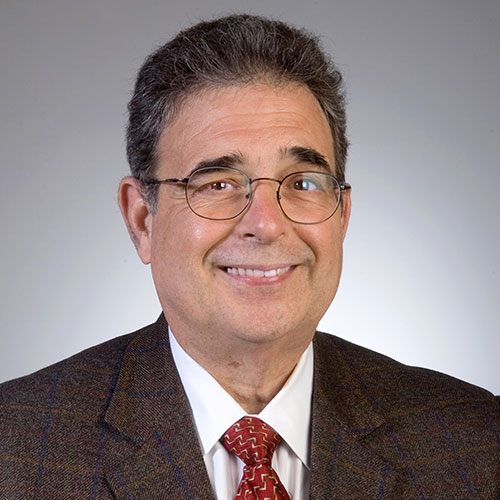Ruben Carbonell
Frank Hawkins Kenan Distinguished Professor
James B Hunt Jr Centennial Cam 5123
Bio
Our research program focuses on novel process for bioseparations, diagnostics and pathogen detection and removal. Our group designs and uses solid phase combinatorial peptide libraries to screen and identify small, robust and inexpensive peptides that will bind specifically to a wide variety of biological species such as biotherapeutic proteins, toxins, viruses and bacteria. These small peptides exhibit great potential as ligands for large-scale affinity chromatography of therapeutic proteins to be obtained from complex mixtures such as human blood plasma, milk and fermentation broths. In addition, they can be used to develop robust sensing elements to detect low concentrations of analytes in medical diagnostics and process control applications. Peptides that can recognize and bind to toxins, viruses and bacteria can also play an important role in ensuring the safety of foods and drugs, since they can serve as the basis for novel viral clearance and anti-bacterial surfaces. Two start-up firms, PRDT and Ligamar, Inc., have been formed to commercialize recent successes of the research group in the adsorption of prion protein from plasma and blood products, and for the development of novel libraries using non-natural amino acids with both sequence and spatial diversity.
Current work in the lab involves the development of novel affinity ligands that bind to the Fc fragment of human immunoglobulin G (hIgG); the coupling of peptide ligands to resins with different functionalities; characterizing the capture of prion protein from blood products; and studying the fundamentals of protein binding to ligands using Quartz Crystal Microbalance (QCM) and Surface Plasmon Resonance (SPR) techniques.
Our group is also developing novel separation media based on nonwoven fabrics, in collaboration with the Nonwovens Cooperative Research Center (NCRC) at NC State University. Particle Impregnated Membrane (PIM) systems consist of resin particles with ion-exchange or affinity ligands sandwiched between two layers of nonwoven fabrics whose fiber diameter and porosity are designed to maintain the particles in membrane while allowing cells to flow through the device. Such systems would allow the capture of biotherapeutic products from cell culture media without prior removal of the cells or cell debris. In addition, we are developing surface grafting techniques to minimize nonspecific binding to the nonwoven fibers to create ion exchange and affinity nonwoven membranes for product capture or for adsorption of contaminants in process streams.
Education
B.S., Chemical Engineering, Manhattan College (1969)
Ph.D., Chemical Engineering, Princeton University (1973)
